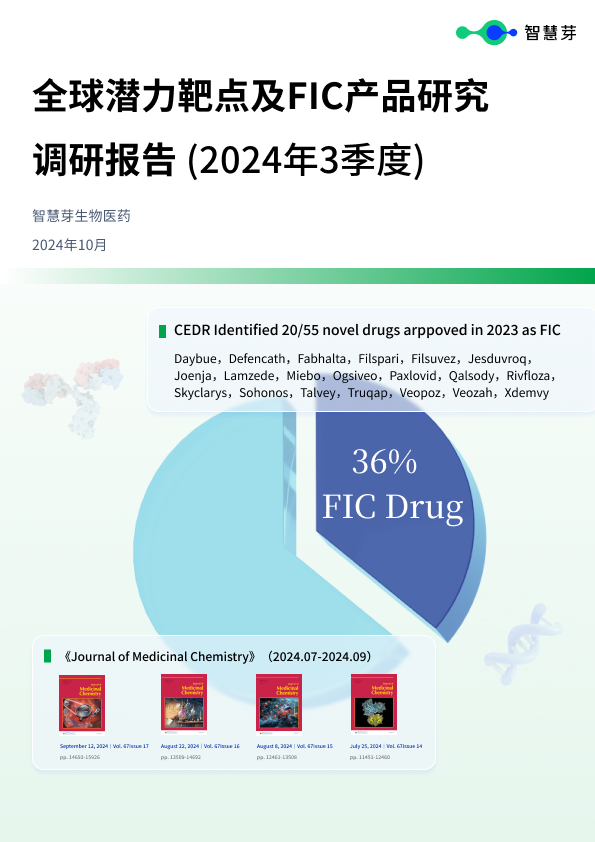Is Asia-Pacific ready for robotic telesurgery?
2023-10-18
临床研究
Clinician-scientists from Japan and Singapore have set out to test the viability of robotic telesurgery as a treatment option.
Last week, a surgical team from the National University Hospital (NUH), the flagship hospital of the National University Health System (NUHS) in Singapore, performed a gastrectomy remotely with Fujita Health University (FHU) in Japan
. From a cockpit at the NUH Advanced Surgery Training Centre, the Singaporean surgeons orchestrated the procedure on a simulated stomach in a robotic operation room at FHU in Nagoya, Japan, over 3,107 miles away.
Its conduct, which is a first between the two countries, was made possible through a surgical robotic system that is able to replicate the movements of the surgeons from Singapore, which were transmitted via a dedicated international fibre optic network. The FHU team made use of the hinotori surgical robotic system by medical robotics company Medicaroid, which is Japan's first approved and homegrown robotic-assisted surgery system.
WHY IT MATTERS
In a statement, the NUHS said the preclinical trial of remote surgery between NUH and FHU aims to evaluate, clarify, and address potential issues arising from such a procedure.
"Some of the challenges and potential issues arising from telesurgeries include a transmission delay across the network, patient safety, ethical and medical legal aspects, as well as, the various regulatory clearances needed from related authorities," Professor Jimmy So, head and senior consultant of General Surgery at the NUH Department of Surgery, explained to
Healthcare IT News
.
According to a 2022
review
of robotic surgeries, a maximum delay of about 300 milliseconds is still acceptable for the safe conduct of robotic surgery. It is said that the delay can be further reduced with 5G internet and asynchronous transfer mode (ATM) fibres.
Initial findings from the NUH-FHU trial found about a 100-millisecond delay in the robot's movement, although surgeons were able to adapt to the lag, Professor Ichiro Uyama, co-lead of the FHU surgical team, said in a
news report
.
"The time lag arising from the trial was minimal and within the acceptable industry benchmarks," Prof So also noted.
The trial also set out to prove that long-distance telesurgeries can be safely done leveraging a robotic system connected by high-speed fibre optic communication. "The trial proceeded smoothly with safe outcomes and proved that such robotic telesurgeries across borders and large distances are indeed feasible," Prof So said.
Also through the trial, the research teams see the potential of remote surgeries becoming a more accessible option for patients in the near future.
Cost easily comes on top of mind when considering the implementation of robotics in surgery. A single robotic surgical system can cost around $1.3 million while the
cost per procedure
ranges between $3,000-$5,000.
Despite this, its perceived benefits, including prevention of unnecessary postoperative deaths and disability and protection from personal and social losses from dealing with surgical complications, can potentially "outweigh the high up-front setup, training, and maintenance costs of robotics programs," especially for low-middle income nations, argued a recent
article
published in the American Medical Association Journal of Ethics.
Prof So hopes that with improved accessibility of surgical robotic systems and an enhanced telecommunications network, the cost of doing telesurgery will go down in the future.
Other potential benefits of remote telesurgery per Prof So include:
enhanced global access to specialised care;
reduced travel and wait times for patients;
minimised health risks during emergencies and pandemics
;
training and collaboration among medical professionals worldwide; and
contribution to surgical expertise for complex cases.
THE LARGER CONTEXT
The execution of remote surgical experiments is part of ongoing activities agreed upon in a memorandum of understanding between FHU and the National University of Singapore Yong Loo Lin School of Medicine (NUS Medicine) that was signed in August. The NUH is the principal teaching hospital for NUS Medicine.
The first recorded transnational robotic operation was done in 2001 between France and the United States. An uncomplicated cholecystectomy was performed on a patient in Strasbourg by remote surgeons in New York City. An ATM fibre optic network with a bandwidth of 10 megabits per second facilitated the transmission of movements from a console in the US to the robotic arms in France.
更多内容,请访问原始网站
文中所述内容并不反映新药情报库及其所属公司任何意见及观点,如有版权侵扰或错误之处,请及时联系我们,我们会在24小时内配合处理。
适应症
-靶点
-药物
-来和芽仔聊天吧
立即开始免费试用!
智慧芽新药情报库是智慧芽专为生命科学人士构建的基于AI的创新药情报平台,助您全方位提升您的研发与决策效率。
立即开始数据试用!
智慧芽新药库数据也通过智慧芽数据服务平台,以API或者数据包形式对外开放,助您更加充分利用智慧芽新药情报信息。





